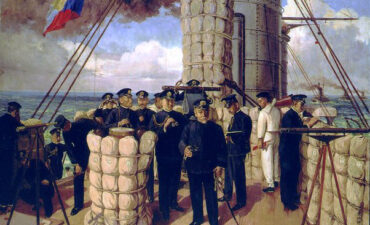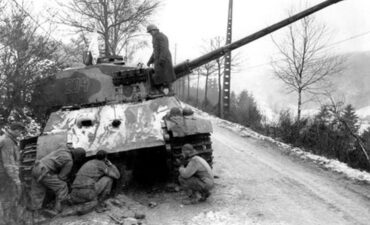Would it have been possible for the Italian army to protect Rome after the surrender to the allies in 1943? After Italy’s surrender to the Allies on September 8, 1943, the situation for the Italian army was chaotic and difficult. Several factors would have made it extremely challenging for them to protect Rome effectively:
Disarray and Disintegration:
The Italian army was in a state of disarray following the announcement of the armistice. Many units were left without clear orders, and the command structure was disrupted. This lack of coordination severely weakened their ability to organize a cohesive defense.
German Response:
The Germans had anticipated the possibility of Italy switching sides and had prepared Operation Achse to quickly occupy key positions in Italy, including Rome. German forces were already in place and rapidly moved to disarm Italian troops and take control of strategic locations.
Lack of Allied Support:
At the time of the armistice, the Allies were still far to the south in Italy, and it would have taken time for them to reach Rome. The Italian army would have had to hold out against the Germans on its own for a significant period, which was unlikely given their weakened state.
Limited Resources and Morale:
The Italian army was suffering from low morale and limited resources. Years of war had drained their supplies, and the will to fight was significantly diminished among many Italian soldiers.
Internal Divisions:
Italy was politically divided, with the formation of the Italian Social Republic in the north under Mussolini, which was backed by the Germans. This further complicated the situation and undermined any unified Italian effort to protect Rome.
Given these factors, it would have been highly unlikely for the Italian army to successfully protect Rome after the surrender to the Allies. The rapid and well-executed German occupation, combined with the Italian army’s disarray, made it nearly impossible.








